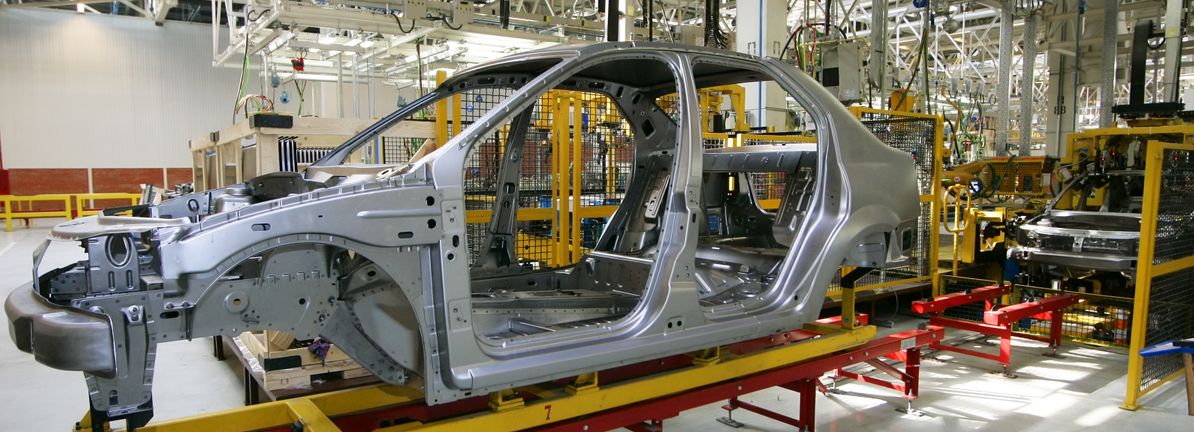Subaru (TSE:7270) shares are catching some attention, and recent moves in the stock have investors taking a closer look. Over the past month, the stock has climbed about 1%, with a more pronounced 22% jump in the past 3 months.
See our latest analysis for Subaru.
After a solid stretch of upward momentum, Subaru’s one-year total shareholder return of 23.5% signals investors are seeing real value buildup, not just in the short bursts but sustained over recent quarters. Momentum looks to be holding strong, with its recent rally supporting investor optimism despite the occasional dip.
If Subaru’s performance has caught your attention, now is an ideal time to see what’s happening across the auto space. Check out See the full list for free.
With Subaru delivering steady returns and strong momentum, the real question for investors is this: Are shares trading below their true value, or is the market already accounting for all the future growth potential?
Subaru’s current price tag comes with a price-to-earnings ratio of just 7.2x, which is notably low compared to both the broad JP market and regional peers. At ¥3,073 per share, investors are acquiring earnings at a significant discount compared to others in the auto sector.
The price-to-earnings ratio measures how much investors are willing to pay for each yen of Subaru’s profit. For auto makers like Subaru, it serves as a shorthand for market expectations regarding earnings quality and growth prospects.
Despite recent share price gains, the market appears to be underpricing Subaru’s consistent underlying profits, as indicated by its ratio being well below market and peer averages. The figure of 7.2x stands out when compared to the Asian Auto industry average of 21.8x and its closest rivals at 15.3x. Even the estimated fair ratio is higher at 11.5x, suggesting a considerable margin for potential revaluation if investor sentiment shifts toward fundamentals.
Explore the SWS fair ratio for Subaru
Result: Price-to-Earnings of 7.2x (UNDERVALUED)
However, sluggish annual revenue growth and a recent dip in net income highlight ongoing challenges. If these issues persist, they could slow Subaru’s impressive momentum.
Find out about the key risks to this Subaru narrative.
While Subaru’s low price-to-earnings ratio hints at an undervalued stock, our DCF model arrives at a different conclusion. According to this approach, shares are trading above the estimated fair value. This suggests the price might not offer much room for long-term upside. Could the market be expecting more than the fundamentals support?
